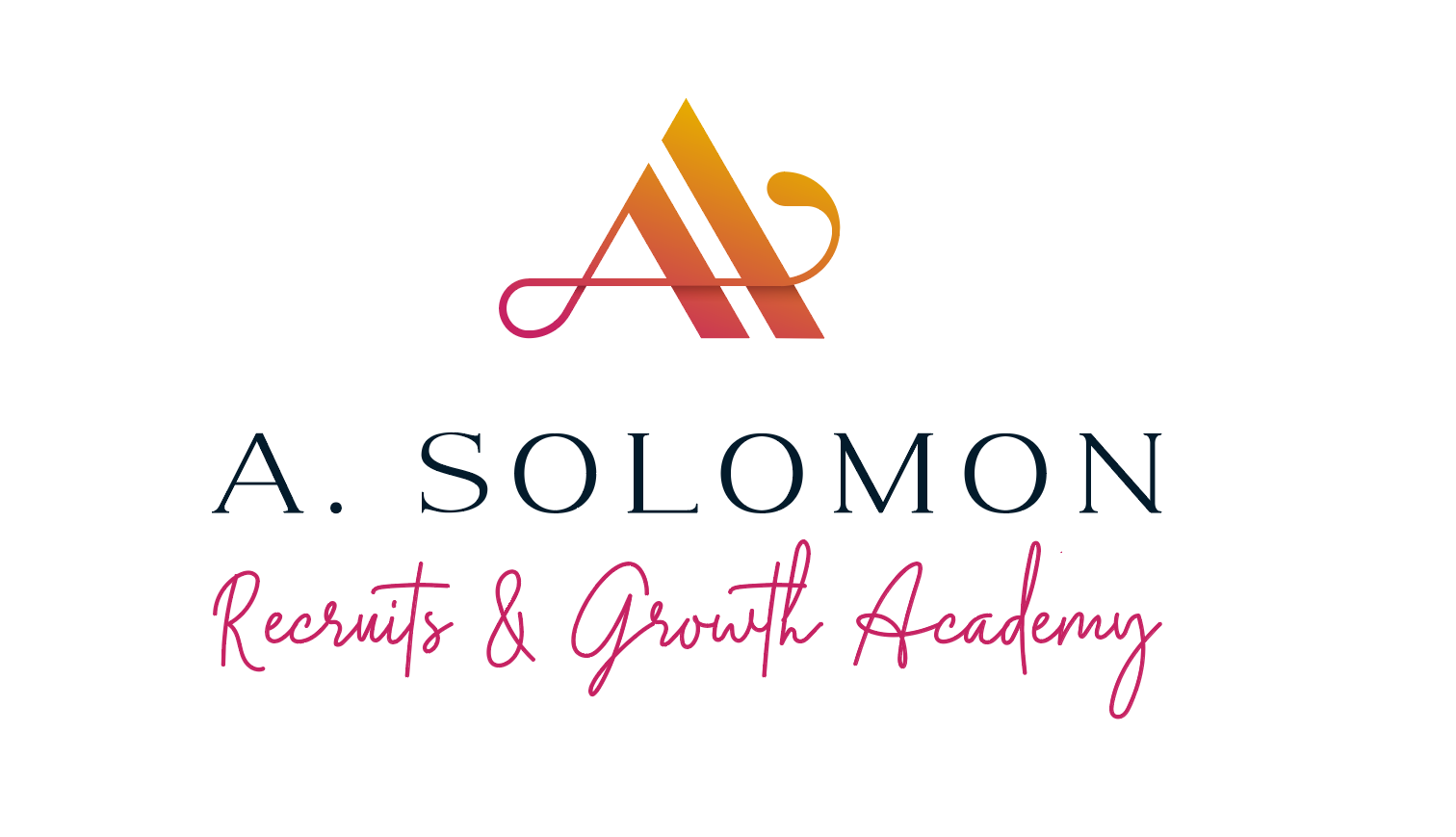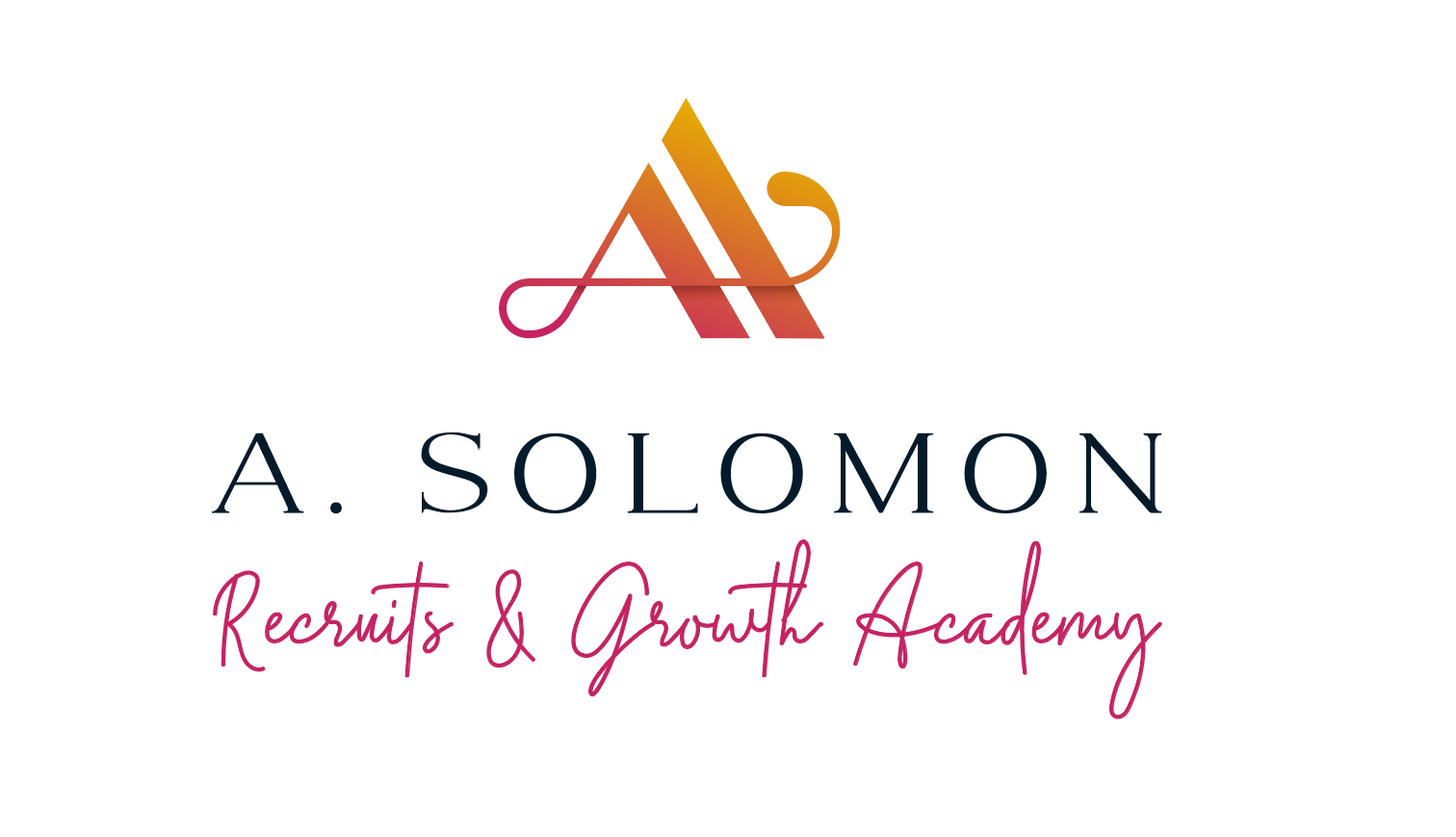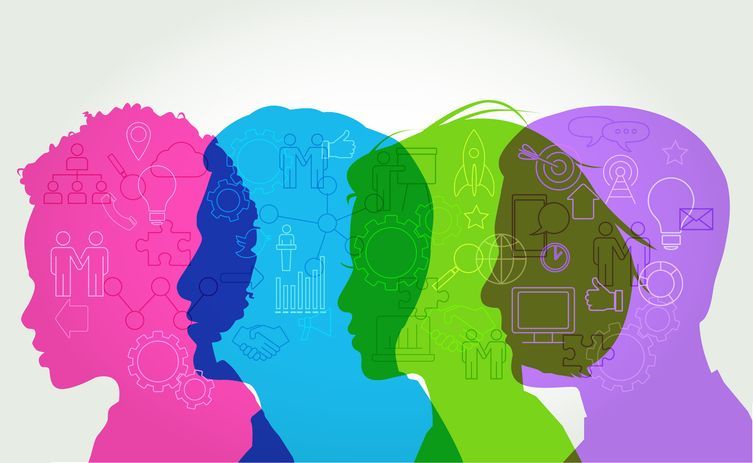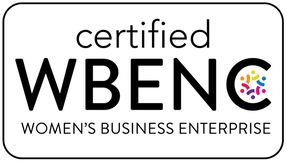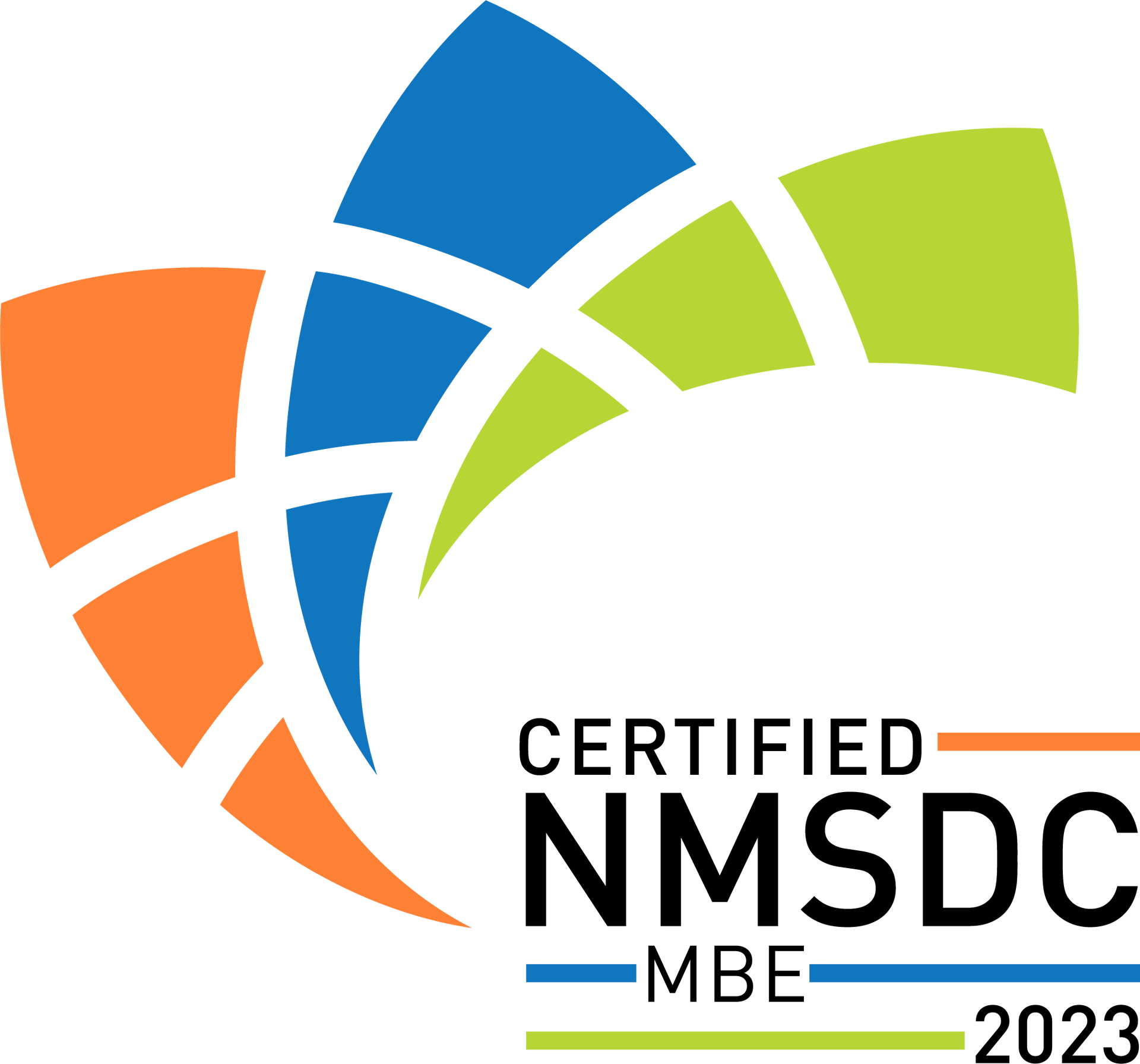Cultural Impact Vs. Cultural Fit as the Barometer for Change Hiring
As diversity and inclusion initiatives are evolving, so are the ways in which we examine best approaches and the steps that need to be taken. As a recruiter, I hear it day in and day out as I send diverse candidate hopefuls for interviews: "he/she is not a cultural fit within our organization". I have written countless times that cultural fit has become suspect and code for bias. "Culture Fit" is a detriment to the progressive development of creating diverse, welcoming workplaces. Human Resource departments and even the recruiting industry—who naturally follow the trends of their clients—continuously complain about the lack of qualified, diverse talent. But the premise by which they judge whose in and whose not is the fundamental problem.
I strongly believe that as we continue the conversation, companies must take into account the importance of hiring for cultural 'impact' and not 'fit'. The impact that cultural diversity brings to the table cannot be denied. But it's how companies choose to invite, try to understand and accept cultures deemed other that could have the greatest effect on D&I forward movement.
According to an Entrepreneur.com article Forget Cultural Fit and Look for Cultural Impact, Chris Carosella states "that every person you hire can profoundly impact your company's culture. As you grow your team, remember that directly related experience is often not the best way to predict success. Consider instead a candidate's potential to impact the culture--and the business." Cultural fit remains a hinderance to creating diversity among plenty of companies’ leadership and teams. According to Harvard Business School, recent studies show 'fit' essentially thwarts customer engagement, company market value and overall profitability.
Rethinking hiring practices is definitely in order to provide advances on the diversity front. We must think beyond our tunnel vision fit and see how qualified, diverse talent can strongly impact company's internal company culture. As long as the candidate's essential values align with the core of your company's messaging, then find ways to make it work and also question in thorough ways why it is not working. Maybe the problem isn’t with the candidate, but with with your company culture. Every great leader considers potential problems from not one perspective but many, and it’s important to consider that the problem might be with you, not the other.
So, how can your next diverse hire create strong impact and contribute to the overall betterment of your firm? This is a question hiring managers, HR and recruiters like myself must ask ourselves. Do they pull at the heartstrings of the 'what can be' within your firm? Do they add another dimension to your product which may be unseen? Do they add refreshing perspective to old, stodgy ideas that have been in play forever? The answers to these questions lie within redefining how we go about sourcing, interviewing and hiring diverse talent. 'Fitting in' is not all it’s cracked up to be. It is impact that brings an explosion of diverse ideas, backgrounds and people together.
We are better together!
I AM someone who sees incredible potential in places most people don't think to look. As an owner of a diversity staffing boutique, my team and I walk alongside our Clients in creating professional environments that are truly for ALL. I believe in our interconnectedness as a human race and strive every day to use my gifts to empower the workplace’s invisible and powerless. I rarely bet on certainty and always root for the underdog because, after all, those are the best stories to tell.
Hi there! Thanks for reading! Follow Angela Solomon on her social profiles! | LinkedIn: /ASolomonRecruits | Facebook: @ASolomonRecruits | Instagram: @A.SolomonRecruits | Twitter: @AS_Recruits | Pinterest: @AS_Recruits

